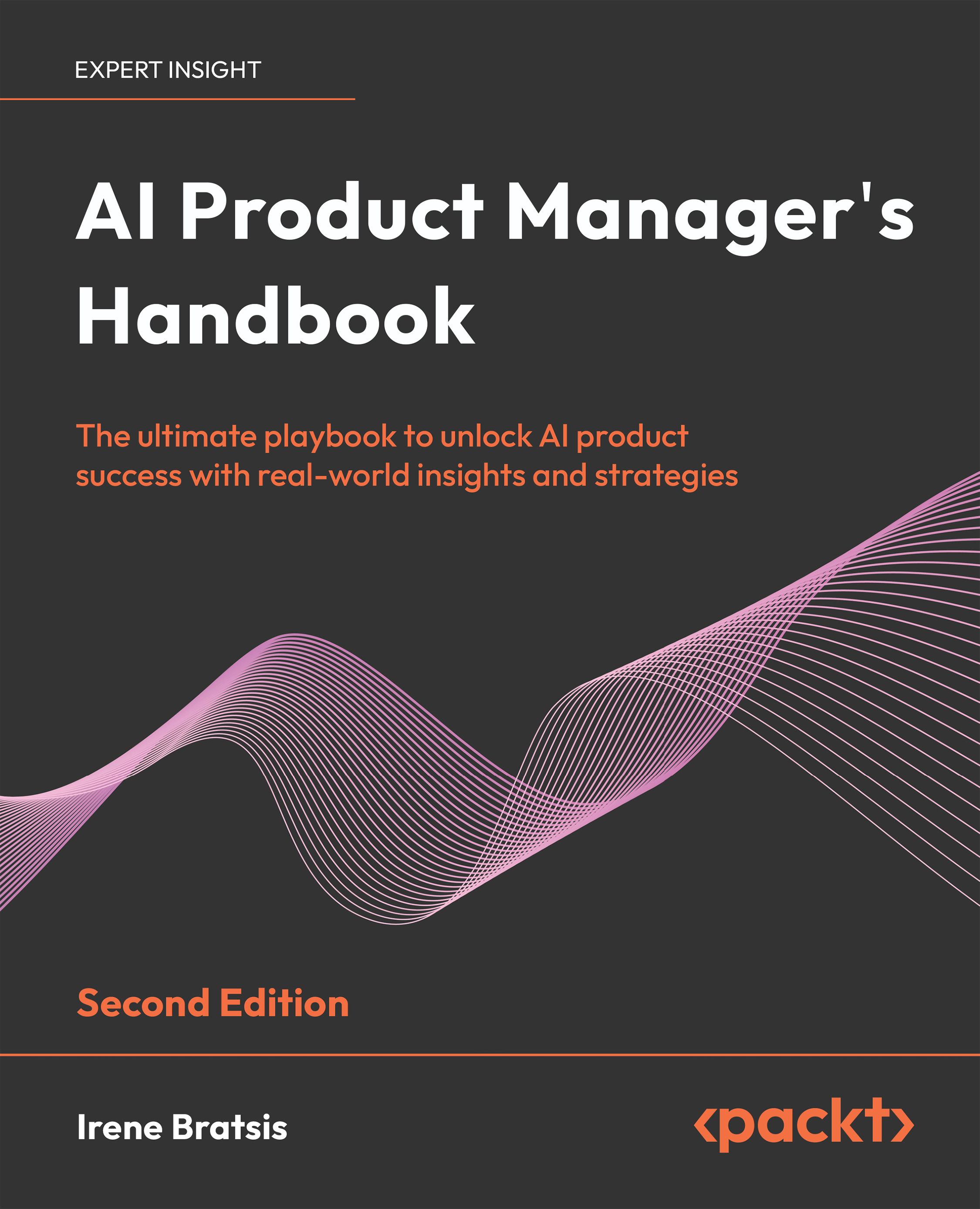Digital systems are progressively intertwined with real-world activities. As a consequence, multitudes of data are recorded and reported by information systems. During the last 50 years, the growth in information systems and their capabilities to capture, curate, store, share, transfer, analyze, and visualize data has increased exponentially. Besides these incredible technological advances, people and organizations depend more and more on computerized devices and information sources on the internet. The IDC Digital Universe Study in May 2010 illustrates the spectacular growth of data. This study estimated that the amount of digital information (on personal computers, digital cameras, servers, sensors) stored exceeds 1 zettabyte, and predicted that the digital universe would to grow to 35 zettabytes in 2010. The IDC study characterizes 35 zettabytes as a stack of DVDs reaching halfway to Mars. This is what we refer to as the data explosion.
Most of the data stored in the digital universe is very unstructured, and organizations are facing challenges to capture, curate, and analyze it. One of the most challenging tasks for today's organizations is to extract information and value from data stored in their information systems. This data, which is highly complex and too voluminous to be handled by a traditional DBMS, is called big data.
Big data is a term for a group of datasets so massive and sophisticated that it becomes troublesome to process using on-hand database-management tools or contemporary processing applications. Within the recent market, massive data trends to refer to the employment of user-behavior analytics, predictive analytics, or certain different advanced data-analysis methods that extract value from this new data echo system analytics.
Whether it's day-to-day data, business data, or basis data, if they represent a massive volume of data, either structured or unstructured, the data is relevant for the organization. However, it's not only the dimensions of the data that matters; it's how it's being used by the organization to extract the deeper insights that can drive them to better business and strategic decisions. This voluminous data can be used to determine a quality of research, enhance process flow in an organization, prevent a particular disease, link legal citations, or combat crimes. Big data is everywhere, and with the right tools it can be used to make the data more effective for business analytics.
 United States
United States
 Great Britain
Great Britain
 India
India
 Germany
Germany
 France
France
 Canada
Canada
 Russia
Russia
 Spain
Spain
 Brazil
Brazil
 Australia
Australia
 Singapore
Singapore
 Canary Islands
Canary Islands
 Hungary
Hungary
 Ukraine
Ukraine
 Luxembourg
Luxembourg
 Estonia
Estonia
 Lithuania
Lithuania
 South Korea
South Korea
 Turkey
Turkey
 Switzerland
Switzerland
 Colombia
Colombia
 Taiwan
Taiwan
 Chile
Chile
 Norway
Norway
 Ecuador
Ecuador
 Indonesia
Indonesia
 New Zealand
New Zealand
 Cyprus
Cyprus
 Denmark
Denmark
 Finland
Finland
 Poland
Poland
 Malta
Malta
 Czechia
Czechia
 Austria
Austria
 Sweden
Sweden
 Italy
Italy
 Egypt
Egypt
 Belgium
Belgium
 Portugal
Portugal
 Slovenia
Slovenia
 Ireland
Ireland
 Romania
Romania
 Greece
Greece
 Argentina
Argentina
 Netherlands
Netherlands
 Bulgaria
Bulgaria
 Latvia
Latvia
 South Africa
South Africa
 Malaysia
Malaysia
 Japan
Japan
 Slovakia
Slovakia
 Philippines
Philippines
 Mexico
Mexico
 Thailand
Thailand

















